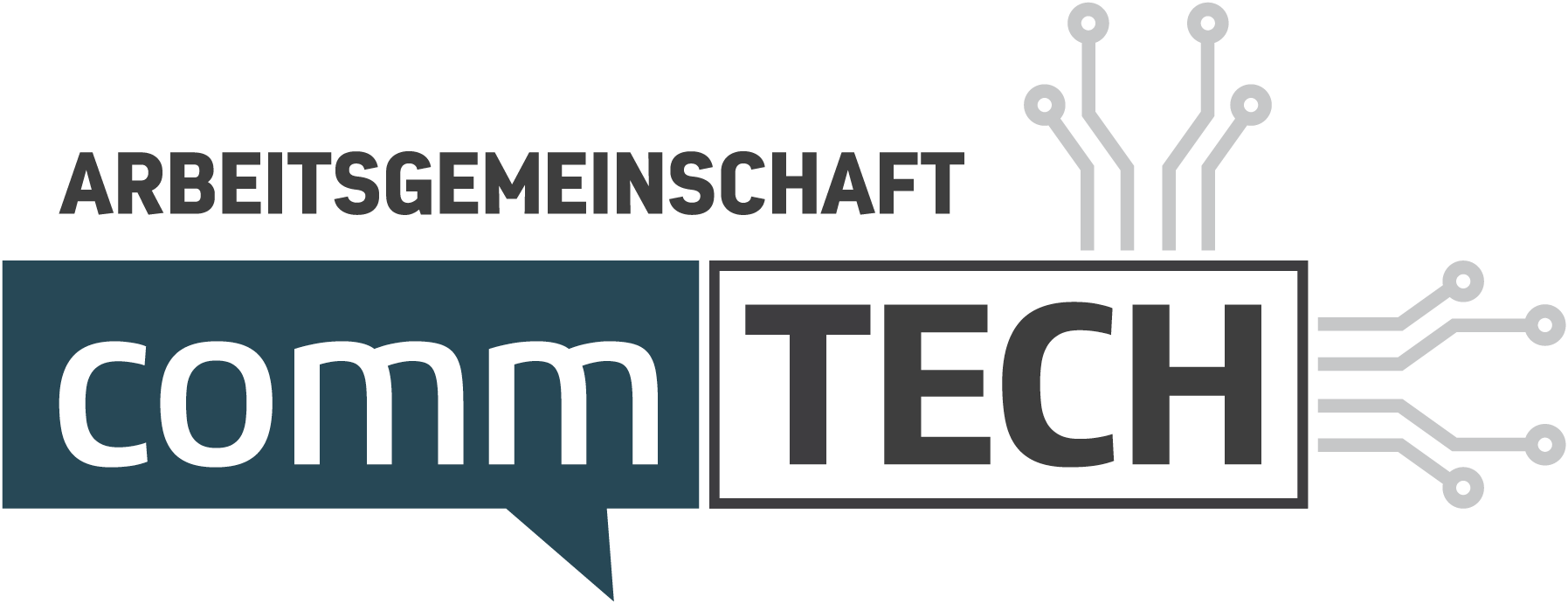- 4. November 2025
- Posted by: Britta Pesch
- Category: BEST PRACTICES
Predictive communications intelligence – communication with a view to the future
Britta Pesch, Team Leader Communications at BG prevent

Anyone who works in communications usually looks back: which measures went well, which topics caught on, which messages were noticed? Predictive communications intelligence turns this perspective around. It uses data and AI models to identify trends, topics and resonance patterns at an early stage – in other words, to plan communications with foresight. The aim is to optimally combine topics, target groups and timing.
Britta Pesch, Team Leader Communications at BG prevent, who is setting up such a system with her team and with the support of the IMWF and Predictores.AI, explains what this feels like in practice. BG prevent is Germany’s largest inter-company service provider for occupational medicine, occupational safety and occupational health care. The company supports over 210,000 companies with preventive measures to promote health and safety in the workplace.
AG CommTech: Britta, you have just completed a complete brand and strategy process at BG prevent. How did you come to get involved in predictive communications intelligence?
Britta Pesch: The brand relaunch was the starting point because we first had to clarify who we actually are and what we stand for. The former “BAD” became “BG prevent” – and with it an identity that clearly states what we do: design prevention. If you know that, you can also specifically measure and optimize how communication works.
So the step to predictive intelligence was logical: we not only want to understand retrospectively what has worked, but also look ahead to see which topics, emotions and formats will be relevant in the future.
AG CommTech: How did you get into the topic – with what questions?
Britta Pesch: We asked ourselves: How can we optimally bring together topics, target groups and timing?
Specifically, we wanted to know which topics are gaining momentum in our industry, how our competitors are positioning themselves and whether our tonality really fits our brand.
The project is running in cooperation with the IMWF and Predictores. AI – we work in sprints, test hypotheses, adjust, learn. It is an iterative process, not a one-off tool project.
AG CommTech: You talk about three modules – what’s behind them?
Britta Pesch: Exactly, we use three core modules:
- Competitor intelligence – it shows us where we stand in comparison, who is new to our market and how we can differentiate ourselves.
- External Factor Analyser – this is the heart of the system: we use external data sources to identify which topics are relevant and when. This creates hypotheses on the basis of which we derive strategies.
- Emotional intelligence – it helps us to strike the right tone and translate our brand values into language.
These modules interlock. Data, sources and models are networked with each other in the background – a kind of “magic” that we don’t need to understand in detail, but which works.
AG CommTech: What role do your experience and gut feeling play in this?
Britta Pesch: A big one! We must not devalue intuition – the German psychologist Gerd Gigerenzer describes it as “condensed rationality”. Our experience remains valuable, but predictive intelligence helps us to check it. We will see more quickly whether our assumptions are still valid, whether target groups tick differently today than they used to. This is how we combine data-based evidence with professional intuition.
AG CommTech: Were there any aha moments or surprises along the way?
Britta Pesch: Yes – for example, the realization that quantity does not equal quality.
Initially, we thought: “The more data, the better.” But the system needs the right data, not just a lot. Quality before quantity.
And: focus beats breadth. We concentrated on selected products and topics instead of tackling everything at the same time.
AG CommTech: What lessons would you pass on to other communications departments that want to get started?
Britta Pesch: Three things:
- Systematic beats spontaneous.
If you want to use predictive, you need a clear database and clean documentation. The system can only learn what is repeatable. - Talk about hypotheses.
Not “I think that worked”, but “I assume that… because…”. This attitude changes discussions and promotes data-oriented thinking. - Stay in contact with your tech partners.
The models are constantly evolving. Ask questions, test, give feedback. Predictive intelligence is not a sure-fire success – it thrives on dialog.
AG CommTech: When do you know that a result is “good enough” to act on?
Britta Pesch: Predictive intelligence works with a trust score – a kind of reliability assessment. But ultimately I have to assess the point at which a result can be trusted. Without criteria, there is no optimization. We are currently learning where our thresholds are – and when we should make further adjustments.
AG CommTech: And when do you think we should get started?
Britta Pesch: Now. You don’t need a perfect infrastructure. Start small, test, learn.
We had our brand relaunch at the same time – it wasn’t ideal, but it was feasible. The perfect moment will never come. The important thing is to get started and see communication as a learning system. The rest will come – with a little patience and a bit of predictive magic.
AG CommTech: Thank you, Britta – for the insight and the encouragement to just get started.

